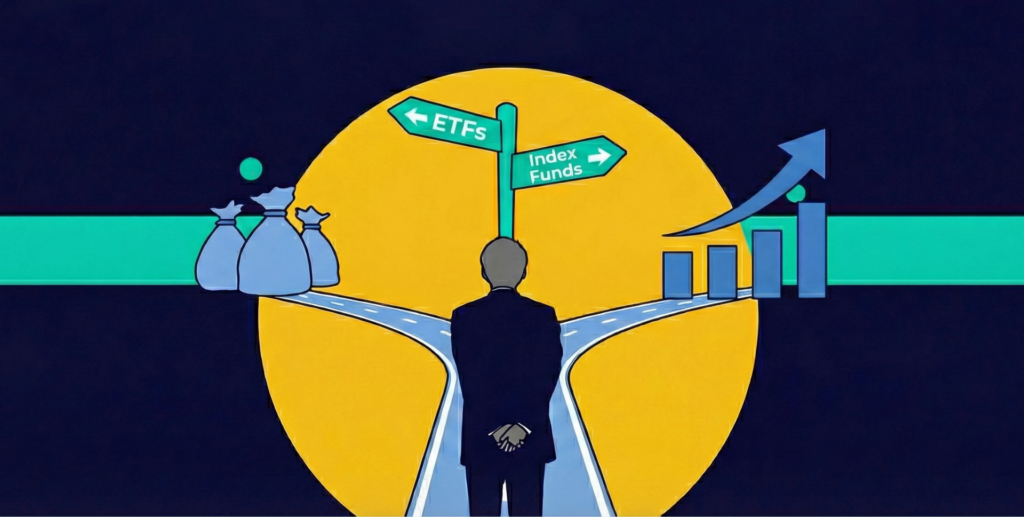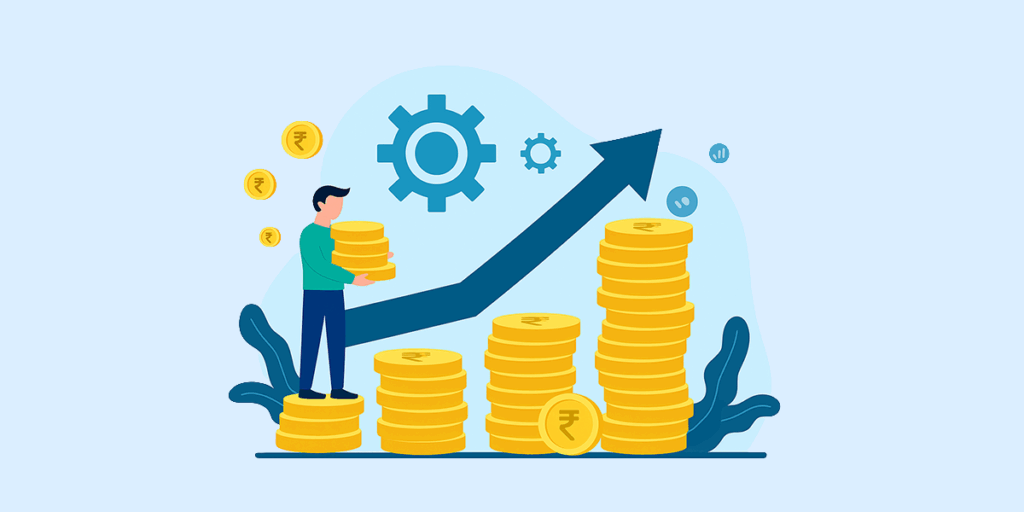If you go by what several online finance experts claim, Albert Einstein supposedly said, ‘Compound interest is the eighth wonder of the world. He who understands it earns it; he who doesn’t pays it.’ Now whether or not Einstein actually said it, this statement is quite true.
Understanding the basics of compound interest and its importance when it comes to your investment journey is just as crucial as knowing the secret ingredient that makes a recipe stand out. So let’s dive in.
What is compound interest?
You can think of compound interest as ‘interest on interest’, or your money making more money for you. That’s because compound interest is what you get when your initial interest gets added to your principal, so that subsequently, you get to earn interest not just on your initial principal amount but also on the interest that that principal amount has earned.
For instance, say you parked ₹20,000 in a savings account with a 5% interest rate per annum, compounded annually. At the end of the first year, you would earn ₹1,000 on your principal. Now, in the second year, due to compound interest, you would earn 5% not on the initial ₹20,000 but on your new balance of ₹21,000. In fact, if you were to leave ₹20,000 in such a savings account for 30 years without ever adding another rupee to it, you would still end up with around ₹86,000.
Money growing at an accelerated rate
With compound interest, your money keeps growing at an exponentially increasing rate. Compound interest works as a catalyst, increasing the earning potential of your invested amount. To really understand its power, let’s compare it with simple interest.
With simple interest, only your initially invested amount earns interest, not the returns earned on it. So, carrying on with the above example, if ₹20,000 earned simple interest of 5%, at the end of 30 years, you would end up with ₹50,000. The difference of about ₹36,000 is the result of the magic of compounding.
The formula for compound interest
Let’s take a look at the mathematical formula for compound interest.
Compound interest = P(1 + r/n)nt
Here, P is the principal amount or the initially invested amount. The annual rate of interest is r, n is the compounding frequency, and t is the number of years the principal is invested for.
You can use online compound interest calculators to understand how large of a corpus you can build by investing in different securities with different rates of returns. Such calculators are free to use, give accurate estimations, and only take a few seconds. There is no need for tedious manual calculations.
Compound interest frequency
The compound interest frequency can differ for different investment and loan products. It can be daily, monthly, quarterly, semi-annual, or annual. The frequency or the compound interest periods do matter because the more frequently interest is compounded, the more your money can grow over time.
Thus, essentially, the higher the compound interest frequency, the greater the interest you’ll earn.
The earlier you begin, the better it is
You might’ve noticed that the compound interest formula has a time component. The longer you keep your money invested, the greater the power of compounding.
Let’s say you begin a systematic investment plan at age 27 and invest ₹5,000 a month in a fund with an estimated 8% return per annum. By the time you turn 62, your corpus will have grown to about ₹1 crore. Over those 35 years, the total amount you will have invested will be only around ₹21 lakh, while the rest will be the returns.
But if you waited 10 years and began investing in the same SIP at the age of 37, by the time you turned 62, you would end up with a corpus of only about ₹46 lakh. This means a delay of 10 years in starting your investment can reduce its value by more than half! And that’s why the best time to begin saving and investing for your financial goals is right now.
Importance of compound interest for investing
The concept of compound interest plays a significant role when it comes to investing. Here is what you should know.
- Mitigates the impact of inflation
Compounding helps prevent the value of your money from being eroded over time due to inflation. By allowing you to earn compounded returns that are higher than the pace of inflation, compound interest reduces the risk of wealth erosion.
- Helps with long-term goals
When it comes to long-term financial goals like building a retirement corpus or saving for your child’s education and wedding, compound interest is particularly valuable. That’s because such goals require building a substantial amount of wealth over time, with which compounding helps greatly.
- Reinvestments are crucial
Most investment avenues like mutual funds and fixed deposits offer you the option of reinvesting dividends and interest. If you want to make the most of the power of compounding, you should opt to reinvest your earnings instead of cashing them out. Reinvesting your returns will accelerate the growth of your investment and accumulate greater wealth over the years.
Time is your ally: begin investing today!
Time is money, and compound interest proves it. The earlier you begin investing, the more time your investments have to grow exponentially. That’s why financial experts say the best time to begin investing was yesterday, the next best time is today! And when you have access to an investment app like Appreciate that makes the process of investing in Indian and US securities simple, quick, and cost-effective, there really is no reason to delay the start of your investment journey. Download the Appreciate app today.























